Rectangular chest with a flat lid made of carved wood that retains remains of the original polychromy, corners and other fittings, as well as textile details in some places. It is decorated on the outside with a molding in its lower part, based on curved motifs, and a simple carved decoration on the theme of plants, arranged in a rigid symmetry. An inscription in capital letters on the front ("Vive María / Fernandez") alludes to the first owner of the piece. Inside, there is no decoration or elements other than the pieces of the fittings of the corresponding hinges and the exposed wood. The rectangular chest model with a flat lid was very common in Spanish art since the Middle Ages, its decorative elements varying over time and styles. The metal elements of the furniture (corner protectors on red fabric, lock cover on the front, hinges inside, handles on the sides for moving it, etc.) have a decoration of waves and fleurons that refer to Baroque models, as well as columns (flanking the keyhole). The carved decoration of the front (simplified flowers, stems, leaves and perched birds, with a simple polychromy in three colors - red, green, yellow -) is not too fine (which is common in popular examples), and follows a composition and colors very common in popular chests from the Salamanca region, the use of walnut being common for its construction (as in all Spanish furniture, due to the resistance of the wood and its abundance at the time). The addition of a female name in capital letters on the front (a detail that would indicate that this piece of furniture is a chest intended to store a wedding trousseau, hence the abundance of decoration in a popular utilitarian piece of furniture and the presence of a key lock) is another element that deserves to be highlighted in this piece of furniture. A similar model is mentioned in one of the most widely used reference works on Spanish furniture, ENRIQUEZ ARRANZ, Maria Dolores. Spanish Furniture in the 15th, 16th and 17th Centuries. 1951. p. 39; cat. no. 74; plate 74; A fine example of a wedding chest or chest, popular Spanish style of the 17th century, with rudimentary carvings forming a series of stems, flowers and animals. It is polychrome and bears in the center the name of its owner: "Long live Maria Hernandez", . -
Dimensions: 58x162x65 cm


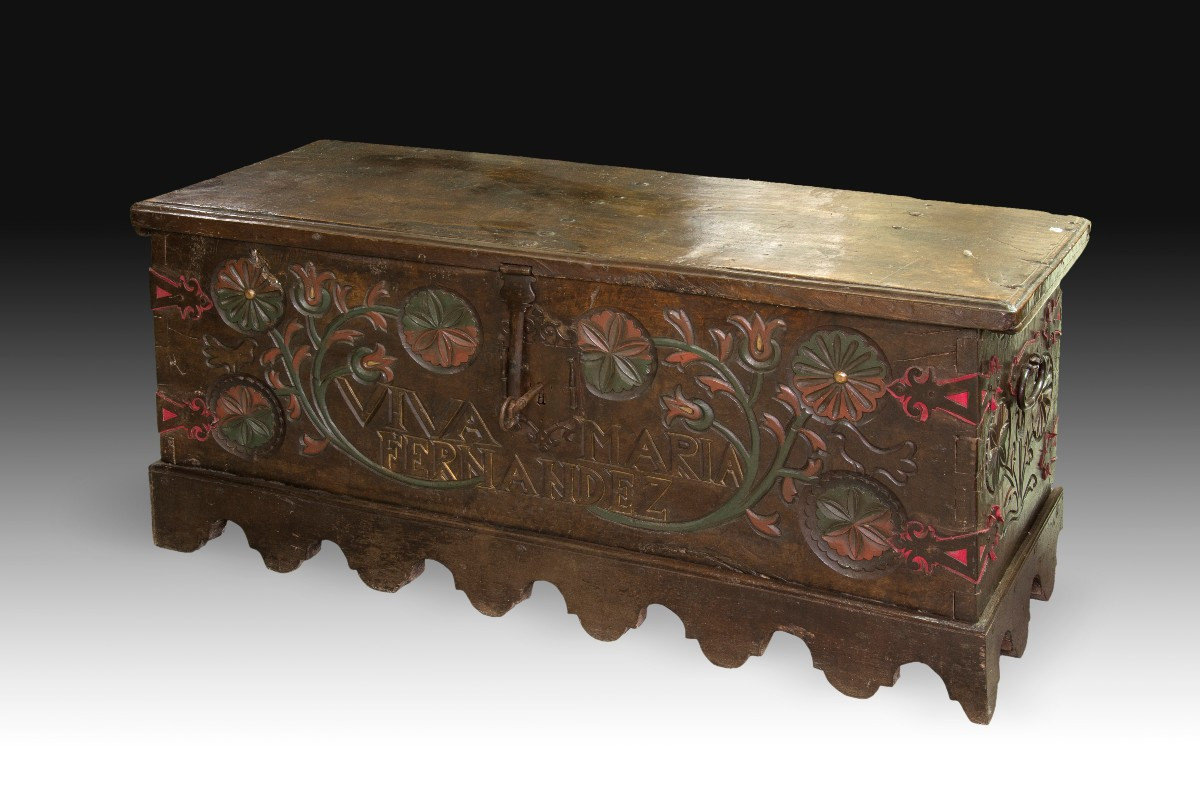
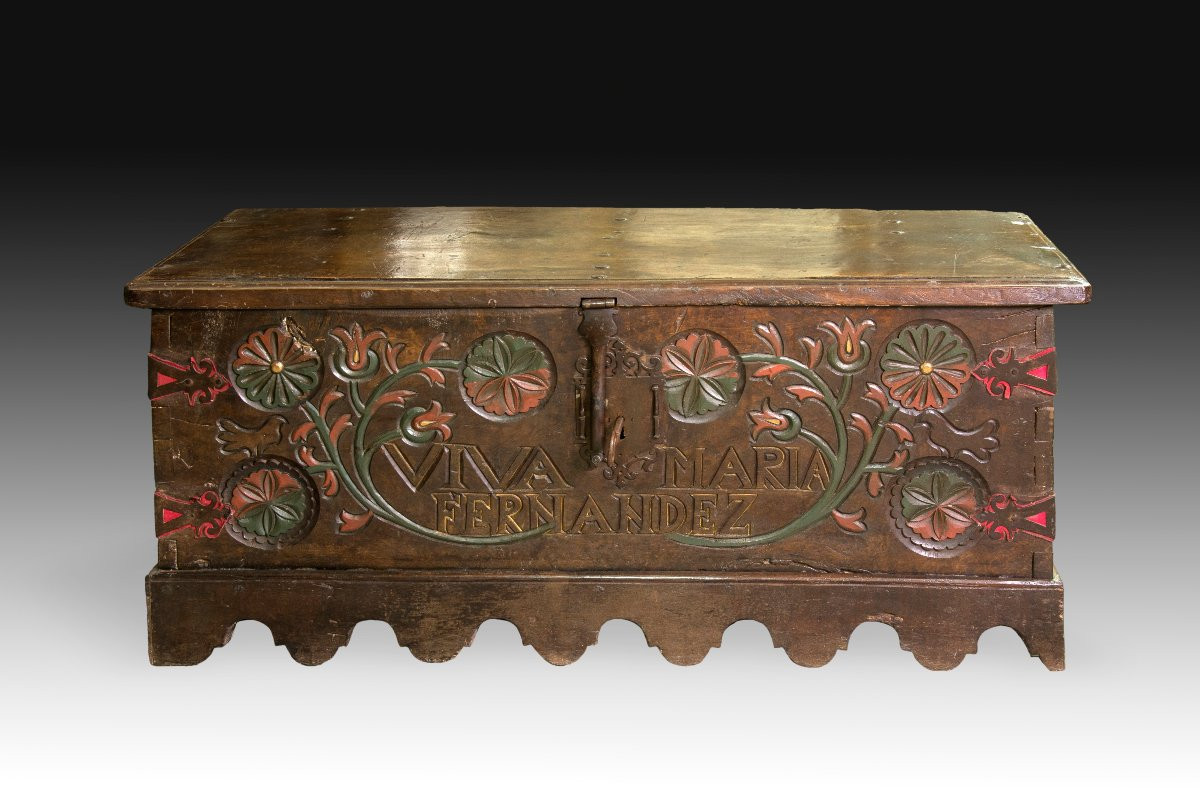

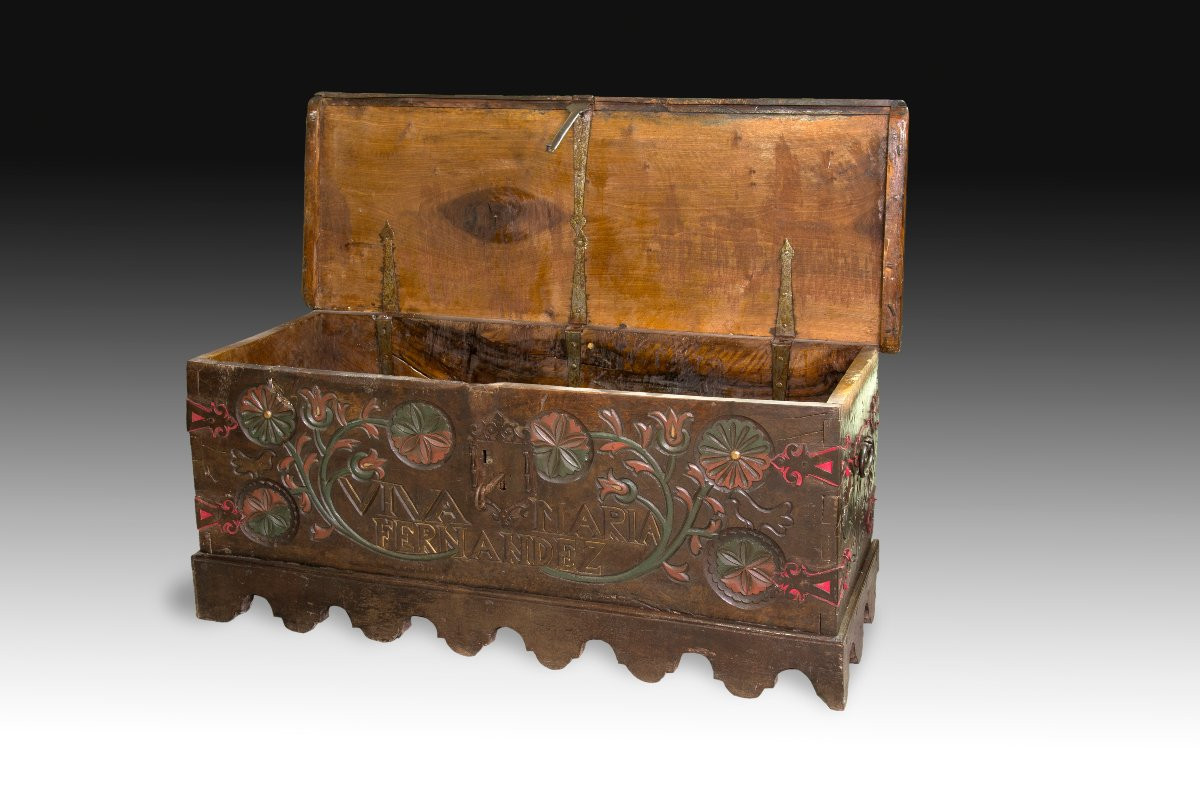









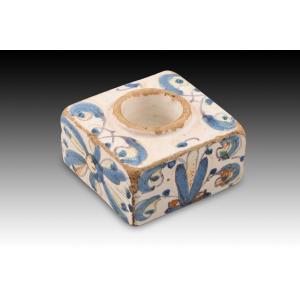














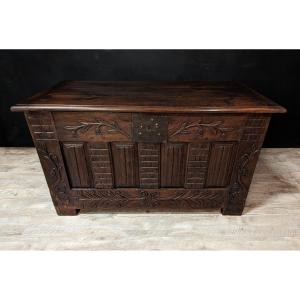





 Le Magazine de PROANTIC
Le Magazine de PROANTIC TRÉSORS Magazine
TRÉSORS Magazine Rivista Artiquariato
Rivista Artiquariato